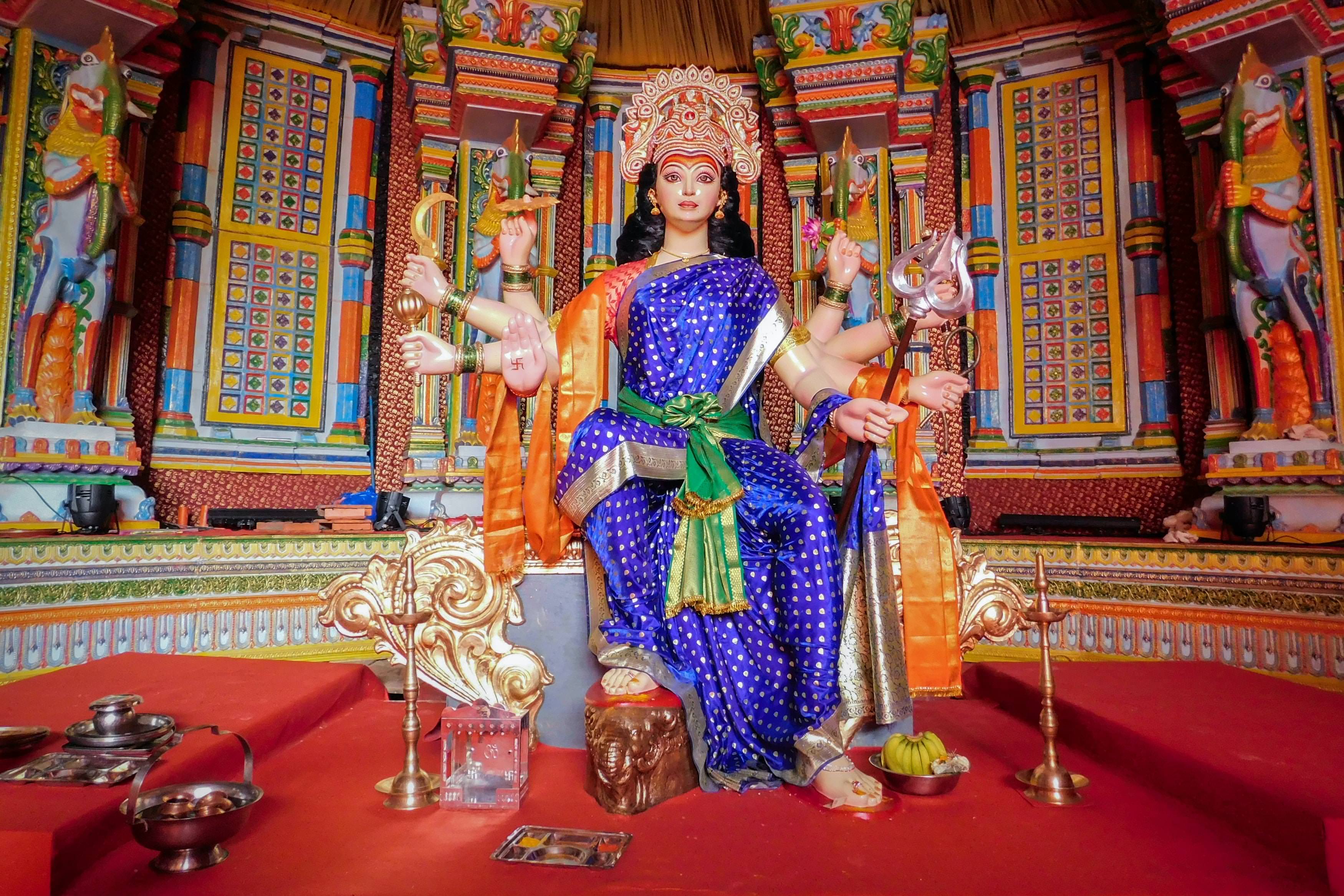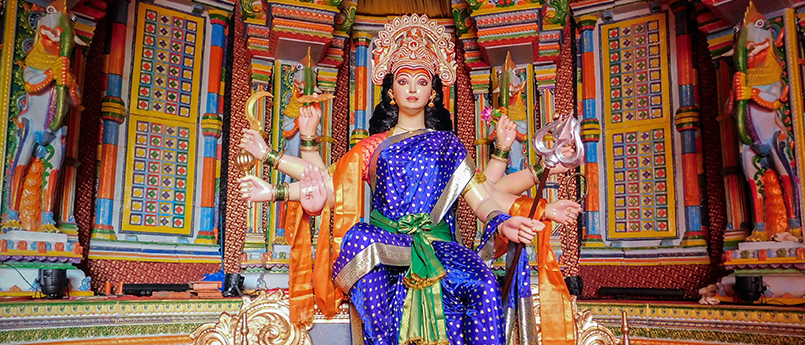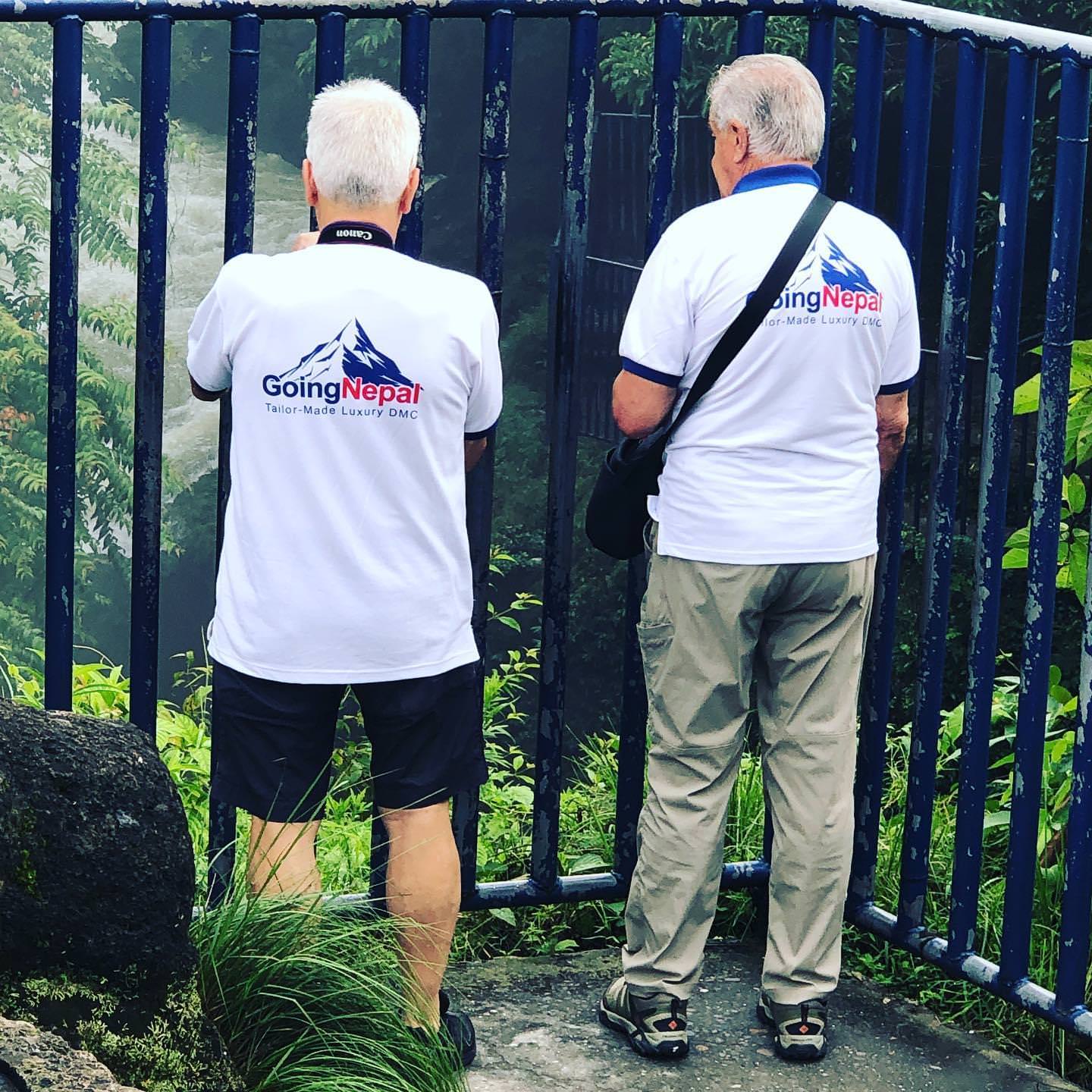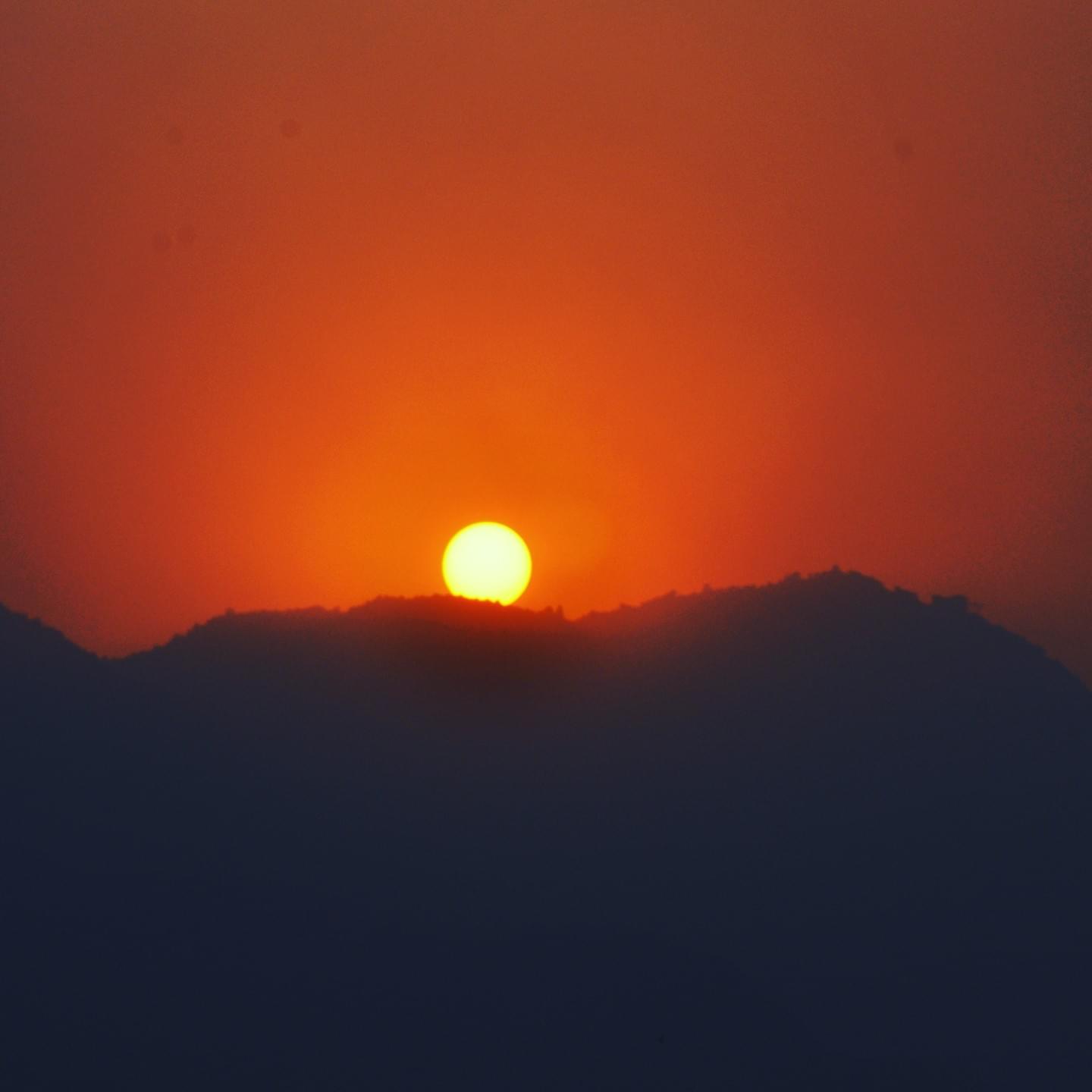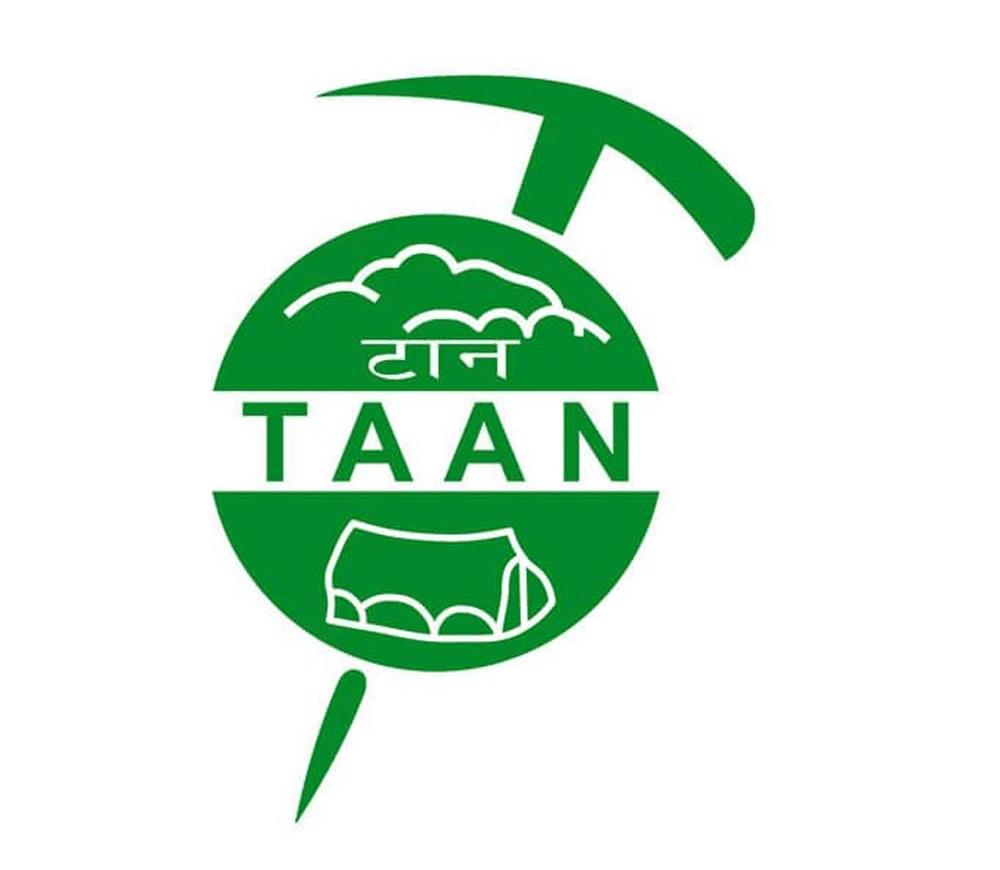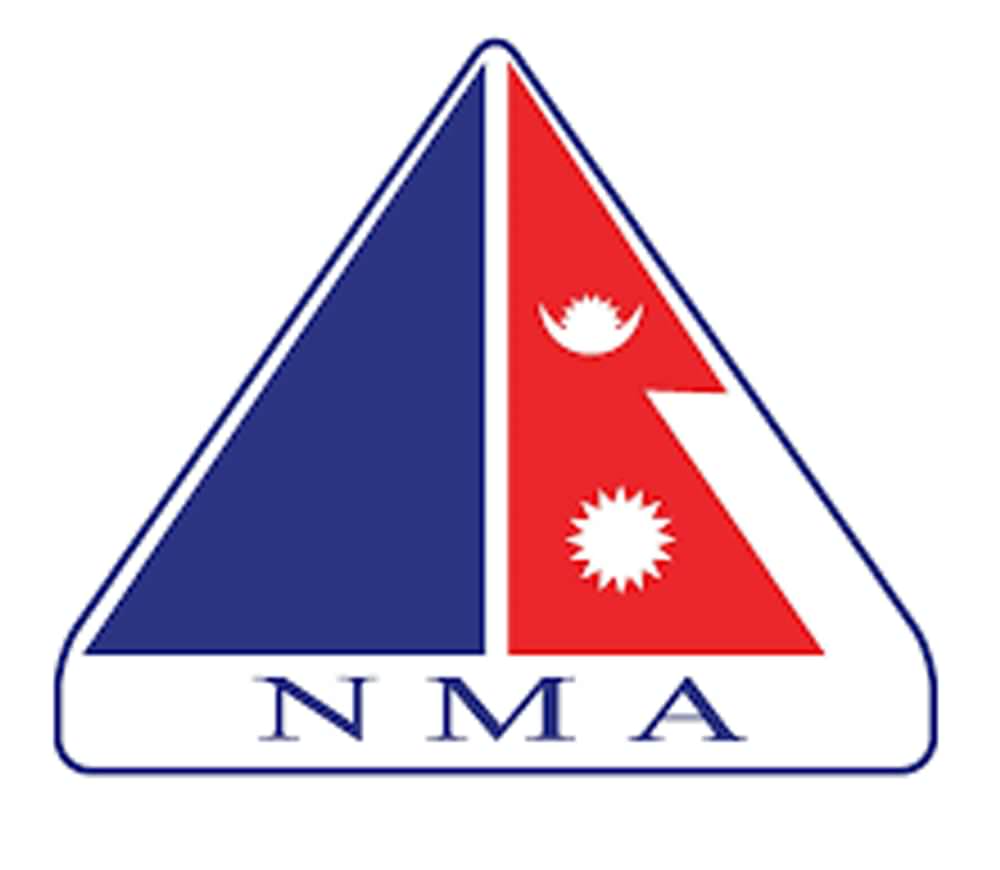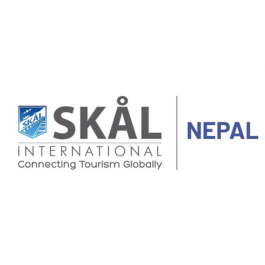Dashain Festival, Cultural Exchange Tour













Dashain is one of the most important festivals in Nepal, celebrated by both Hindu and Buddhist communities. It is celebrated in the month of September or October, depending on the lunar calendar. It typically lasts for 15 days. Dashain commemorates the victory of good over evil, and is celebrated in honor of the Hindu goddess Durga, who is believed to have defeated the demon Mahishasura. During the festival, people visit their families, exchange gifts, and participate in religious ceremonies and rituals. The main day of Dashain is the tenth day, known as Vijaya Dashami, when people visit temples, make offerings to the gods, and participate in community feasts and celebrations. It is a time for families to come together, for forgiveness and for making new beginnings.

